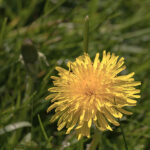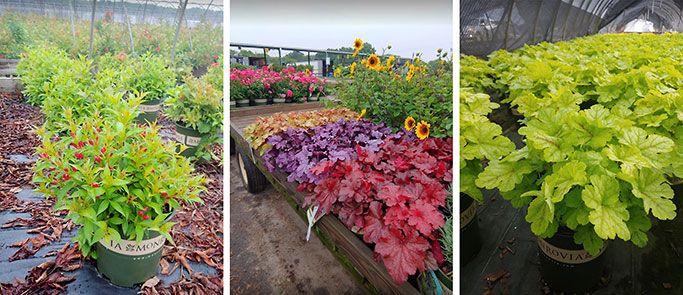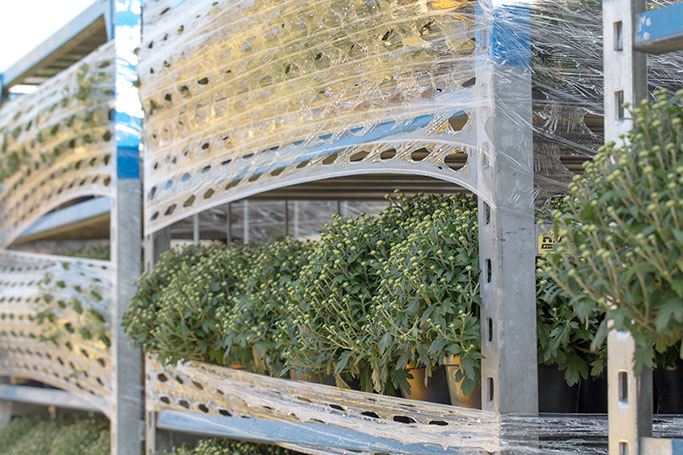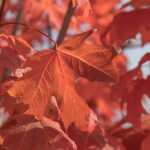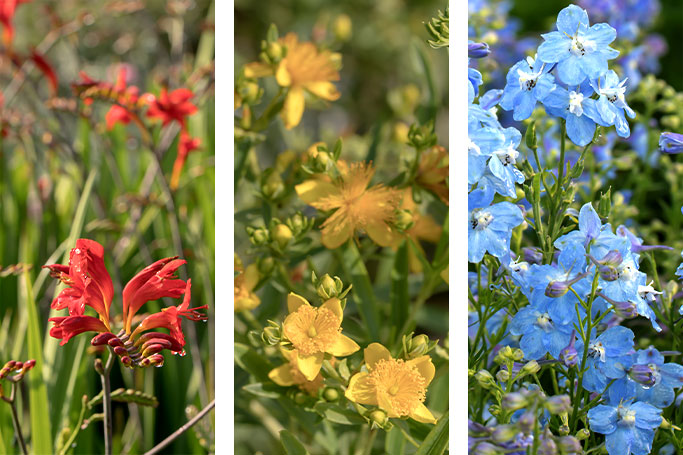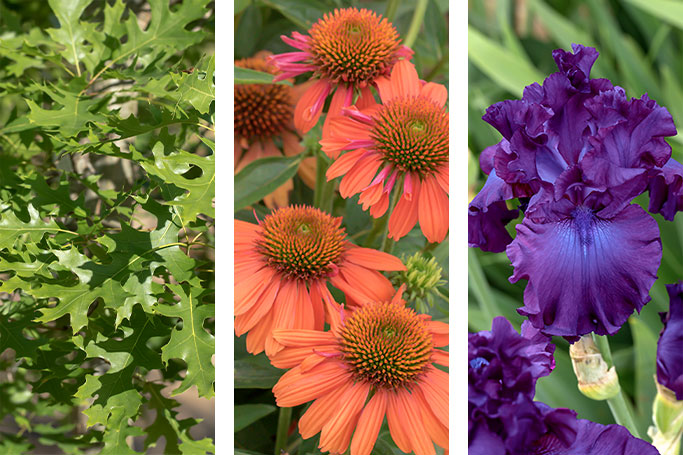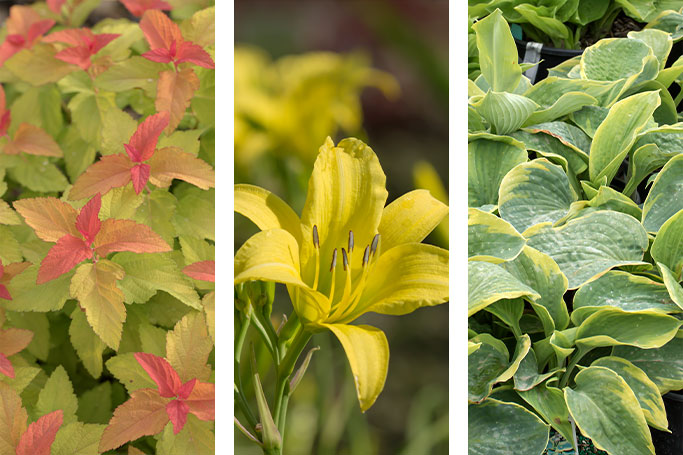Are you ready for your delivery?

What does it mean to be ready for a delivery? Let me put on my Delivery Driver’s hat and go over some areas where a little forethought can make everybody’s day run smoother.
A good place to begin is knowing who is managing the information flow. How does your crew find out what product is coming to the jobsite, and when it will be there? Someone should decide in advance where the product will be placed for efficient use and general safety, also in what order to bring in materials. You don’t want 20,000 lbs of paver pallets placed in the side yard if a load of aggregate still needs to be dumped in the backyard.

Knowing your jobsite includes knowing the way in from major roads. Look up and around, think about a semitruck driving on that road, unloading, and importantly, getting back out. Confirm the delivery location, especially if it’s new construction that may not be well addressed. Let your Christensen’s Salesperson know about any location concerns ahead of time.
On delivery day our drivers call the contractor before they leave the yard. It’s a quick conversation confirming that a crew will be on-site and ready to receive the delivery.

For plant material there should be enough help to toss cans and stand up trees for your machine to pick them up from the trailer deck. Stage them so they are not in the way and may be watered. Tree balls can be lifted by forks or nursery jaws, or even carefully rolled into a bucket. Potted plants can be slid into a skidsteer bucket or handed-off into the bed of a truck or onto the ground.

Hardscape materials frequently weigh up to 4000 lbs and the deck of a semi-truck may be chin-high. Many skidsteers cannot handle that kind of weight, especially at that height. Consider having a Christensen’s driver unload your product with our Moffett. Our operators are bright and well trained, they can unload and place your product safely and efficiently. Consider having pallets placed near where they will be installed so there are short carrying distances. Keep products that will be blended for color of size patterns near each other. Try to know the ground conditions of your staging area. Stacking pallets on unstable ground can be dangerous. A Moffett is a very large, wide machine. Make sure there is a clear pathway to your staging area.

When there are ancillary products on the delivery consider what must be protected from the weather. For example, polymeric sand must stay dry and glue shouldn’t freeze. Caulk guns and other small tools may “disappear” overnight.

There is, of course, a business component of a materials transaction. Plan payment method ahead of time with your salesperson. Any member of our sales team can accept payment on your order at the Plant & Hardscape Centers or over the phone. Cash, check, credit card, or on your house account. Though our drivers can accept a check, settling ahead of time streamlines the process on delivery day. Whatever the plan for payment is, be sure it is indeed a plan and discuss it with your salesperson.























